Respiratory System
The respiratory system is responsible for the exchange of gases in the body, specifically oxygen and carbon dioxide. It consists of several organs and structures that work together to ensure the body receives the oxygen it needs and expels carbon dioxide, a waste product of cellular respiration.
Organs of the Respiratory System
- Nose and Mouth: Air enters the respiratory system through the nose and mouth, where it is filtered, warmed, and humidified before reaching the lungs.
- Pharynx: The throat, or pharynx, serves as a passage for air traveling to the lungs and food traveling to the esophagus.
- Larynx: The voice box, or larynx, contains the vocal cords and helps produce sound.
- Trachea: Also known as the windpipe, the trachea carries air from the larynx to the lungs.
- Bronchi: The trachea branches into two bronchi, each leading to a lung.
- Lungs: The main organs of the respiratory system, the lungs are where gas exchange occurs. Oxygen is taken in and carbon dioxide is released through tiny air sacs called alveoli.
Respiratory Process
The process of respiration involves several key steps:
- Breathing: The intake of air (inhalation) and the release of air (exhalation) are controlled by the diaphragm and intercostal muscles.
- Gas Exchange: In the alveoli of the lungs, oxygen from the air is transferred to the bloodstream, while carbon dioxide is removed from the blood and exhaled.
- Transport of Gases: Oxygen is carried by red blood cells to the body's tissues, where it is used for cellular respiration. Carbon dioxide is transported back to the lungs to be exhaled.
Study Guide
When studying the respiratory system, focus on the following key points:
- Identify the organs of the respiratory system and their functions.
- Understand the process of breathing and the mechanisms involved in inhalation and exhalation.
- Learn about the structure and function of the alveoli in gas exchange.
- Explore the role of red blood cells in transporting oxygen and carbon dioxide.
- Consider the importance of maintaining a healthy respiratory system through good habits such as regular exercise, avoiding smoking, and minimizing exposure to air pollutants.
By mastering these concepts, you'll gain a comprehensive understanding of the respiratory system and its vital role in sustaining life.
[Respiratory System] Related Worksheets and Study Guides:
.◂Science Worksheets and Study Guides Kindergarten. Weather
Coloring Worksheet Calendar
Calendar  Coloring Worksheet
Coloring Worksheet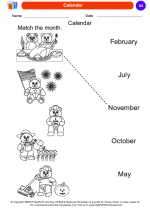 Calendar
Calendar  Coloring Worksheet
Coloring Worksheet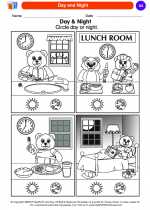 Day and Night
Day and Night  Coloring Worksheet
Coloring Worksheet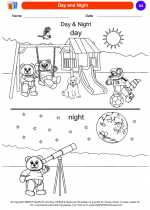 Day and Night
Day and Night  Coloring Worksheet
Coloring Worksheet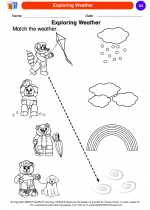 Exploring Weather
Exploring Weather  Coloring Worksheet
Coloring Worksheet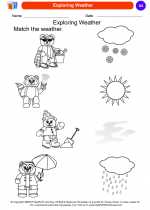 Exploring Weather
Exploring Weather  Coloring Worksheet
Coloring Worksheet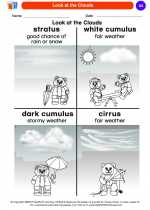 Look at the Clouds
Look at the Clouds  Coloring Worksheet
Coloring Worksheet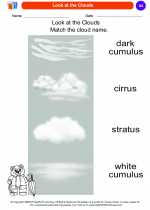 Look at the Clouds
Look at the Clouds  Coloring Worksheet
Coloring Worksheet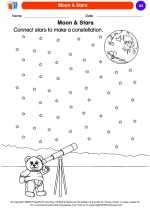 Moon & Stars
Moon & Stars  Coloring Worksheet
Coloring Worksheet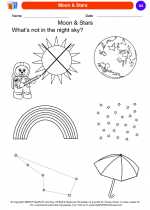 Moon & Stars
Moon & Stars  Coloring Worksheet
Coloring Worksheet Natural Events
Natural Events  Coloring Worksheet
Coloring Worksheet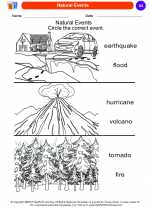 Natural Events
Natural Events  Coloring Worksheet
Coloring Worksheet Sun and Shadows
Sun and Shadows  Coloring Worksheet
Coloring Worksheet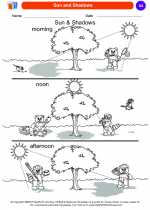 Sun and Shadows
Sun and Shadows  Coloring Worksheet
Coloring Worksheet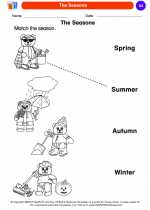 The Seasons
The Seasons  Coloring Worksheet
Coloring Worksheet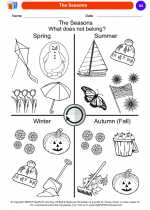 The Seasons
The Seasons  Coloring Worksheet
Coloring Worksheet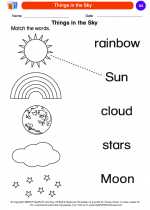 Things in the Sky
Things in the Sky  Coloring Worksheet
Coloring Worksheet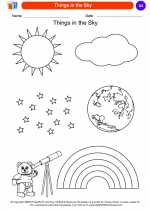 Things in the Sky
Things in the Sky  Coloring Worksheet
Coloring Worksheet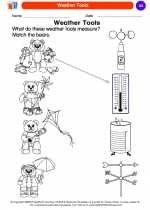 Weather Tools
Weather Tools  Coloring Worksheet
Coloring Worksheet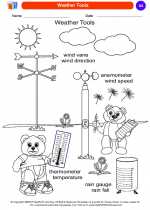 Weather Tools
Weather Tools 

 Coloring Worksheet
Coloring Worksheet
 Coloring Worksheet
Coloring Worksheet
 Coloring Worksheet
Coloring Worksheet
 Coloring Worksheet
Coloring Worksheet
 Coloring Worksheet
Coloring Worksheet
 Coloring Worksheet
Coloring Worksheet
 Coloring Worksheet
Coloring Worksheet
 Coloring Worksheet
Coloring Worksheet
 Coloring Worksheet
Coloring Worksheet
 Coloring Worksheet
Coloring Worksheet
 Coloring Worksheet
Coloring Worksheet
 Coloring Worksheet
Coloring Worksheet
 Coloring Worksheet
Coloring Worksheet
 Coloring Worksheet
Coloring Worksheet
 Coloring Worksheet
Coloring Worksheet
 Coloring Worksheet
Coloring Worksheet
 Coloring Worksheet
Coloring Worksheet
 Coloring Worksheet
Coloring Worksheet
 Coloring Worksheet
Coloring Worksheet

The resources above cover the following skills:
EARTH AND SPACE SCIENCE (NGSS)
Earth’s Systems
Students who demonstrate understanding can:
Use and share observations of local weather conditions to describe patterns over time.